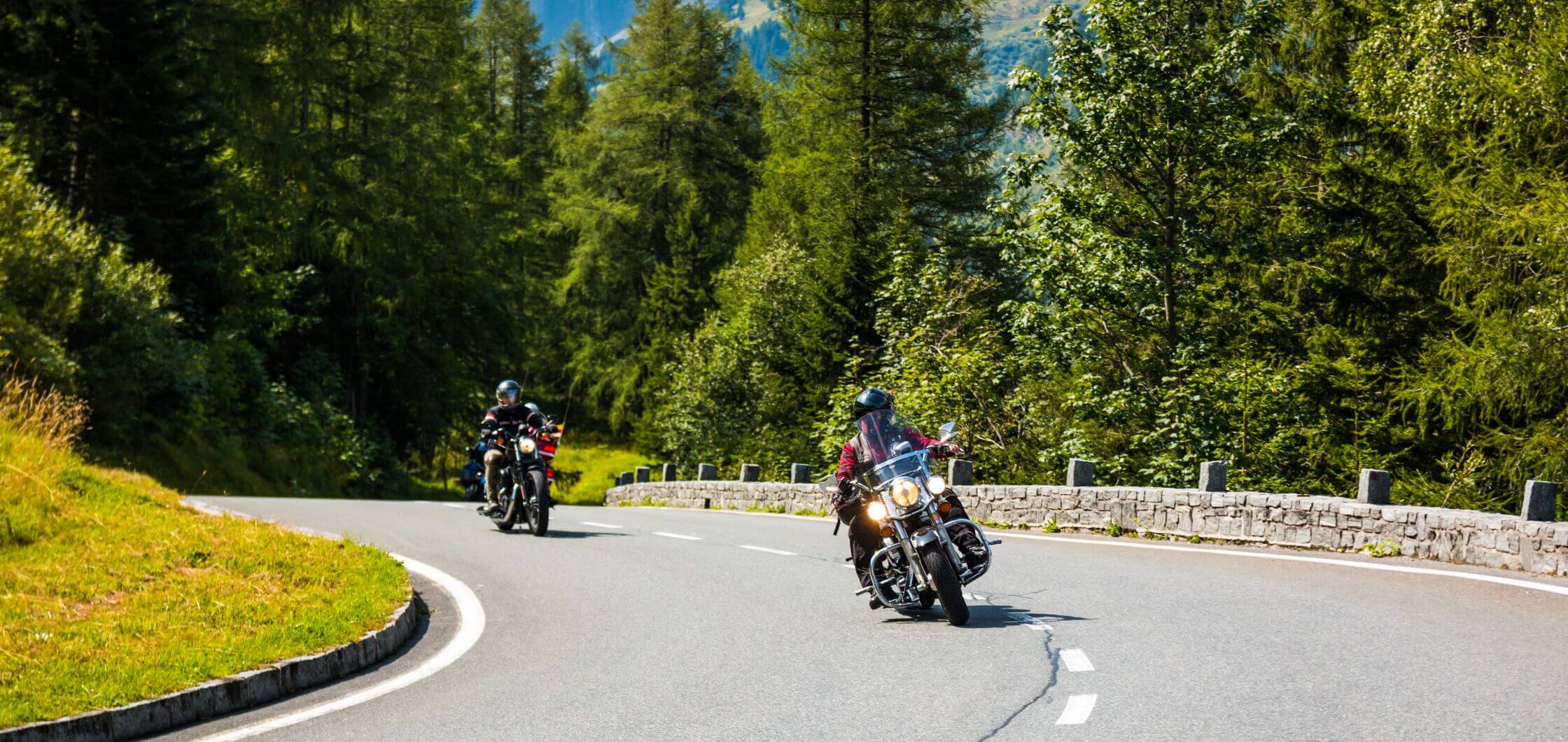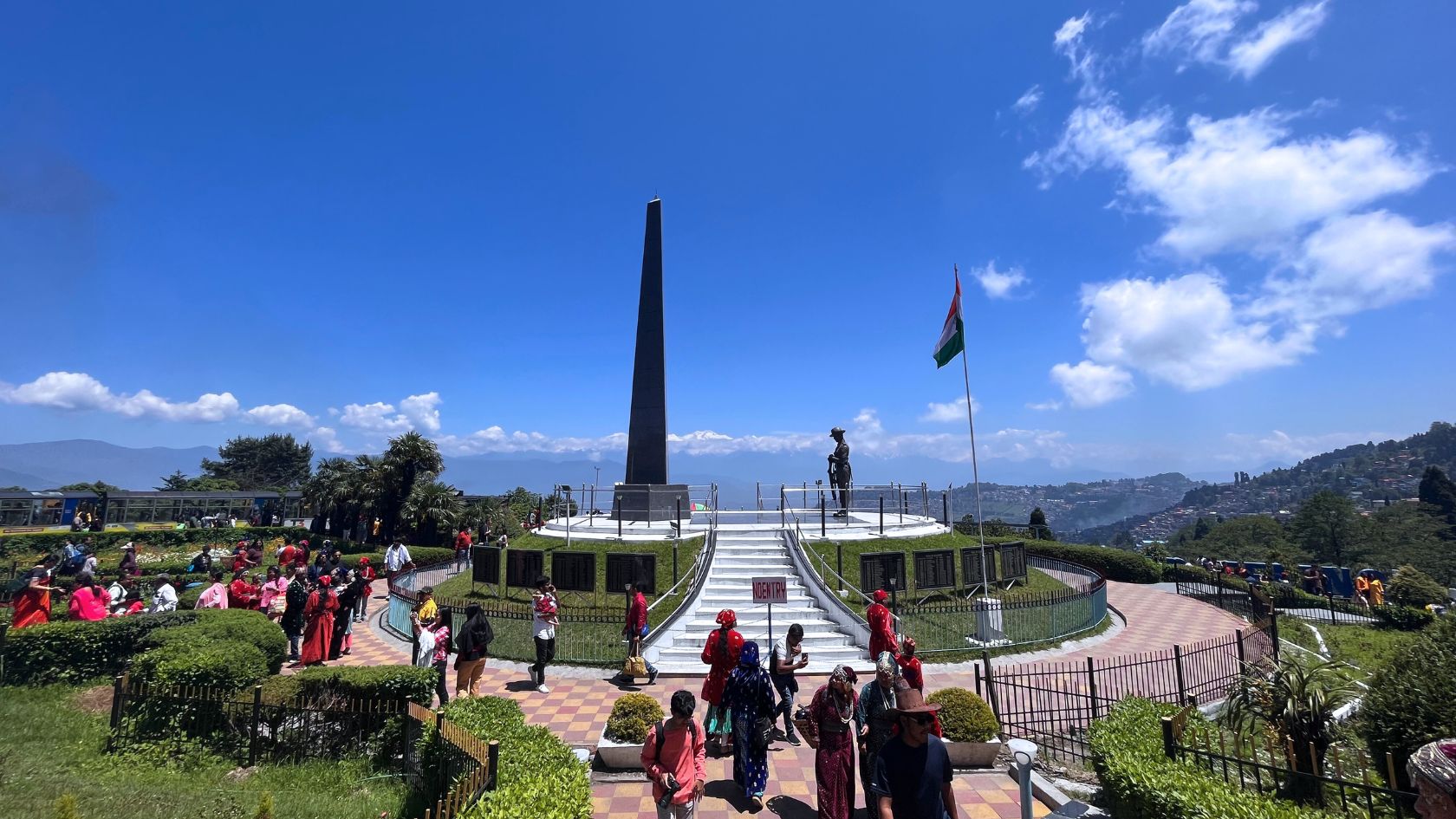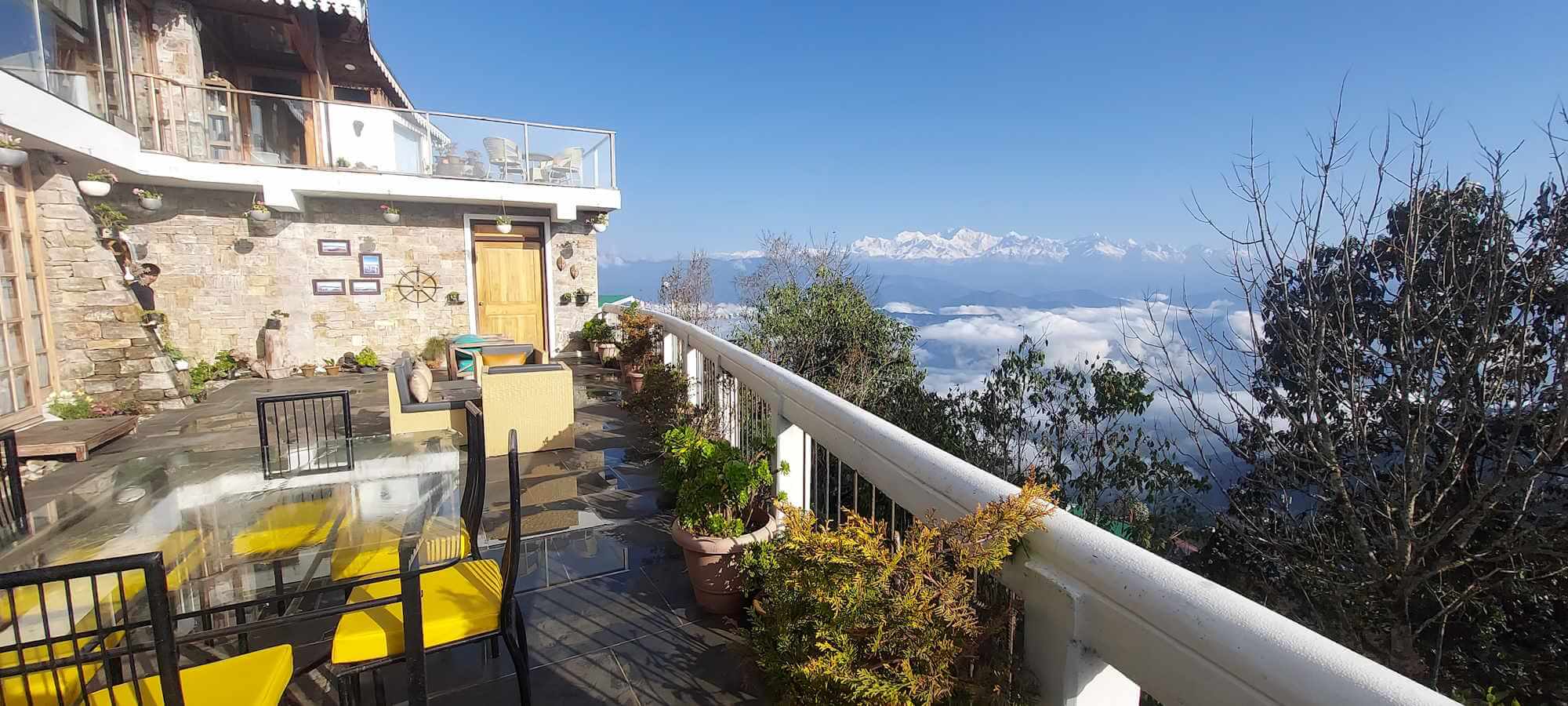What makes Darjeeling truly remarkable is its proximity to the bustling metropolis of Kolkata, making it an ideal getaway for residents of the city and a convenient escape from the urban grind. Just a few hours away by train or car, this charming hill station offers a refreshing change of scenery, making it an enticing destination for those seeking respite from the hustle and bustle of Kolkata.
In this blog, we will take you on a journey to plan your perfect escape to Darjeeling from Kolkata, unveiling the wonders of this enchanting destination. So, fasten your seatbelts and get ready to embark on a remarkable adventure as we chart a course to the idyllic hill station of Darjeeling.
1.Choosing the right time to visit
The best time to visit Darjeeling depends on your personal preferences and interests. However, if you are from Kolkata, you may want to consider the following factors when choosing the right time to visit:
Weather: Darjeeling has a pleasant climate throughout the year, but the best time to visit is during the spring (March-May) and summer (June- September) months. During these months, the weather is clear and sunny, with mild temperatures.
Monsoons: Darjeeling experiences heavy rainfall during the monsoon season (July-August). This can make it difficult to get around and enjoy the outdoors. However, some people enjoy visiting Darjeeling during the monsoon season to witness the lush greenery and waterfalls.
Festivals: Darjeeling is home to several festivals throughout the year, including the Loshar (February or March), Christmas and New Year’s Eve (December), the Dashain Festival (October) and many more. If you are interested in experiencing the local culture, you may want to plan your trip around one of these festivals.
Crowds: Darjeeling is a popular tourist destination, so it is important to be prepared for crowds, especially during the peak season (March-May and June-September). If you are looking for a more relaxed experience, you may want to visit during the shoulder season (July-August and December-February).
2. Transportation Options
There are three main modes of transportation available for travellers from Kolkata to Darjeeling: by air, by train, and by road.
By air: The nearest airport to Darjeeling is Bagdogra Airport (IXB), which is located about 70 kilometres away. There are several daily flights from Kolkata to Bagdogra, operated by airlines such as AirAsia India, IndiGo, and SpiceJet. The flight time is approximately 50 minutes. Once you arrive at Bagdogra Airport, you can take a taxi or bus to Darjeeling. The journey takes about 3 hours, depending on traffic conditions.
By train: New Jalpaiguri Junction (NJP) is the nearest railway station to Darjeeling, located about 75 kilometres away. There are several daily trains from Kolkata to NJP, operated by Indian Railways. The train journey takes about 10-12 hours.
Among all the Indian Railway operated trains, the 2019 launched semi-speed train Vande Bharat is the fastest of all. It is one of the fastest trains in India, and it offers a comfortable and convenient way to travel between Kolkata and NJP. The Vande Bharat Express train from Kolkata to NJP takes approximately 7 hours and 30 minutes to complete the journey. It has two classes of seating: Executive Class (EC) and Chair Car (CC). EC seats are more comfortable and spacious, and they come with additional amenities such as meals and snacks. CC seats are more affordable, but they are also less spacious and comfortable.
Once you arrive at NJP station, you can take a taxi or bus to Darjeeling. The journey takes about 3 hours, depending on traffic conditions.
By road: The road distance from Kolkata to Darjeeling is about 625 kilometres. Several bus companies operate daily bus services between the two cities. The bus journey takes about 14-16 hours. You can also hire a taxi from Kolkata to Darjeeling. The journey takes about 12-14 hours, depending on traffic conditions.
3. Travel Documents
Firstly, you’ll need valid identification, such as a government-issued photo ID card (like Aadhar card or passport) for all travelers, including children. Make sure your identification documents are up-to-date and won’t expire during your trip. For Indian citizens, there’s generally no need for a visa to enter Darjeeling, as it is part of India. However, if you are a foreign national, you must have a valid visa for India. Ensure that your visa covers the entire duration of your stay, including any side trips you might take from Darjeeling.
4. Accommodation
Darjeeling offers a diverse range of accommodations that cater to various preferences and budgets, making it accessible to travellers with varying tastes. Here are some of the types of accommodations you can find in this charming hill station:
Heritage Hotels: These historic gems showcase colonial charm, featuring antique furnishings, period architecture, and stunning views, offering a nostalgic experience.
Boutique Guesthouses: Smaller, independently-run guesthouses provide personalized and intimate stays with unique decor and cosy atmospheres, ideal for couples and those seeking charm.
Budget-Friendly Options: Guesthouses, hostels, and lodges cater to cost-conscious travellers and backpackers, offering affordability and opportunities for social interactions.
Resorts and Luxury Hotels: For luxury seekers, Darjeeling boasts spacious rooms, spa facilities, fine dining, and breathtaking views, combining relaxation with opulence.
Tea Estate Stays: Immerse in the world of tea production by staying in tea estate accommodations, surrounded by scenic beauty and the aroma of freshly brewed Darjeeling tea.
Booking accommodation in advance is crucial to secure your preferred lodging, especially in popular tourist destinations like Darjeeling. It ensures availability during peak seasons, allows you to take advantage of early booking discounts, and provides peace of mind, eliminating the stress of last-minute arrangements, so you can fully enjoy your trip.
5. Planning the Itinerary
Planning an itinerary enhances your travel experience by optimizing your time, budget, and safety while allowing you to make the most of your journey. It provides a roadmap for your adventure, helping you create lasting memories and make the most of your exploration.
Sample Itinerary for a Trip to Darjeeling
Day 1: Arrival in Darjeeling
Morning: Arrive in Darjeeling from Kolkata (via flight to Bagdogra Airport or train to New Jalpaiguri Railway Station). Check into your chosen accommodation.
Afternoon: Explore Darjeeling Mall, take a leisurely stroll, and enjoy the local cuisine at a nearby eatery.
Evening: Watch the mesmerizing sunset at the Tiger Hill viewpoint.
Day 2: Darjeeling Sightseeing
Morning: Visit the Padmaja Naidu Himalayan Zoological Park and see the iconic red panda and snow leopards.
Afternoon: Explore the Himalayan Mountaineering Institute and the Tea Garden to learn about the history of mountaineering and tea production.
Evening: Take a joyride on the Darjeeling Himalayan Railway, a UNESCO World Heritage site.
Day 3: Excursion to Mirik (Optional)
Morning: Depart for Mirik, a scenic hill town known for its Sumendu Lake. Enjoy a boat ride on the lake and explore Bokar Monastery.
Afternoon: Return to Darjeeling.
Evening: Relax at your hotel or explore local markets.
Day 4: Darjeeling Exploration Continues
Morning: Visit the Peace Pagoda, a symbol of world peace, and the nearby Japanese Temple.
Afternoon: Explore the vibrant Batasia Loop and War Memorial.
Evening: Stroll through the local markets for shopping and dining.
Day 5: Day Trip to Kalimpong (Optional)
Morning: Depart for Kalimpong, a charming town known for its nurseries and orchids. Visit the Zang Dhok Palri Phodang Monastery and the serene Durpin Monastery.
Afternoon: Return to Darjeeling.
Evening: Enjoy a traditional Nepali dinner.
Day 6: Departure
Morning: Depending on your departure time, you can squeeze in some last-minute shopping or visit any missed attractions. Check out from your hotel and proceed to Bagdogra Airport or New Jalpaiguri Railway Station for your journey back to Kolkata.
This sample itinerary covers the essence of Darjeeling, including its natural beauty, cultural heritage, and optional day trips to nearby places. Adjust the schedule as per your preferences and the duration of your stay. Darjeeling offers a wealth of experiences, making each day of your trip memorable.
6. Local Cuisine
Darjeeling is a haven for food enthusiasts, offering a diverse culinary scene that reflects its multicultural heritage. The town’s cuisine is a delightful blend of Nepali, Tibetan, Bengali, and international flavours, creating a gastronomic experience that’s both exciting and satisfying.
Must-Try Dishes
Momos: These Tibetan dumplings are a Darjeeling speciality and come in various forms, including steamed, fried, and even chocolate momos for dessert. Pair them with spicy tomato or sesame dip for an authentic taste.
Thukpa: A hearty Tibetan noodle soup, thukpa is perfect for warming up on chilly days. It’s often made with meat or vegetables and flavoured with aromatic spices.
Nepali Thali: Explore the flavours of Nepal with a traditional Nepali thali, featuring a variety of dishes like dal (lentil soup), rice, vegetable curries, and pickles.
Bengali Sweets: While not indigenous to Darjeeling, Bengali sweets like rasgulla, sandesh, and misti doi are readily available and incredibly delicious.
Darjeeling Tea: Don’t miss out on the opportunity to sample some of the world’s finest teas. Visit a local tea estate or tea house to savour the flavours of Darjeeling tea.
7. Health and Safety
When venturing to Darjeeling, particularly its high-altitude areas, prioritizing health and safety is paramount. Due to its elevation, altitude sickness is a concern. Take the time to acclimatize, refrain from strenuous activities initially, and consult a healthcare professional if you have a history of altitude sickness.
Stick to bottled or purified water and safe, cooked food. It’s wise to carry an ample supply of any required medications, and your healthcare provider can guide high-altitude travel. For high-altitude safety, ascend gradually to allow acclimatization and watch for altitude sickness symptoms like headaches and nausea. Stay hydrated, limit alcohol, and dress warmly to fend off the cold.
Protect yourself from UV radiation with sunscreen and sunglasses. If you engage in outdoor activities like trekking, hire a local guide for added safety. Comprehensive travel insurance covering high-altitude activities and medical emergencies is a must.
These precautions ensure you enjoy Darjeeling’s beauty and culture while staying healthy and secure.
8. Cultural Etiquette
Visiting Darjeeling offers not just scenic beauty but also a rich tapestry of cultural diversity. To ensure a respectful and enriching experience, it’s essential to be aware of the local customs and traditions. Here’s a guide to cultural etiquette in Darjeeling:
Monastery Visits: Darjeeling is home to several monasteries, such as the Ghoom Monastery and the Dali Monastery. When visiting these places of worship, remember to dress modestly and remove your shoes before entering. Inside, maintain a respectful silence and refrain from touching religious artefacts or disturbing monks during prayer. Photography may be restricted, so always ask for permission.
Respect for Local Festivals: Darjeeling celebrates a variety of festivals, including Losar (Tibetan New Year), Dashain (Nepali festival), and Diwali (Hindu festival of lights). If your visit coincides with one of these festivals, consider participating in local celebrations. However, be respectful by observing and not intruding on private or religious ceremonies.
Interacting with Locals: The people of Darjeeling are known for their warmth and hospitality. When interacting with locals, greet them with a friendly “Namaste” or “Tashi Delek” (traditional Tibetan greeting). It’s polite to ask for permission before taking photographs of individuals, and always respect their privacy and personal space.
Dress Code: While Darjeeling is relatively liberal in terms of dress, it’s respectful to dress modestly when visiting religious sites. For women, covering shoulders and knees is advisable. In general, neat and tidy attire is appreciated.
Environmental Respect: Darjeeling’s natural beauty is a source of pride for its residents. Show your respect for the environment by not littering, disposing of trash properly, and participating in local eco-friendly initiatives if available.
Local Markets: When shopping in local markets, bargaining is common. However, do it respectfully and with a friendly demeanor. Acknowledge the value of handmade and local products. Language: While English and Nepali are widely spoken, learning a few basic words in the local language, such as greetings or simple phrases, can go a long way in fostering positive interactions.
Tipping: Tipping is customary in restaurants and for service providers. While it’s not mandatory, it’s a way to show appreciation for good service. Check if a service charge is included in your bill before adding a tip.
By embracing these cultural customs and traditions, you’ll not only show respect for the local way of life but also enhance your own experience by connecting more deeply with the people and culture of Darjeeling. Remember that cultural sensitivity and open-mindedness are keys to creating meaningful and memorable travel experiences.
9. Packing Essentials
Layered clothing: Pack clothing that can be layered to adapt to changing weather conditions, from warm days to cooler nights.
Raincoat or umbrella: Darjeeling can experience occasional rain, so having rain gear handy ensures you stay dry while exploring.
Comfortable walking shoes: Choose comfortable and sturdy shoes suitable for walking on uneven terrain and exploring the town.
Sun hat and sunglasses: Protect yourself from strong sunlight and UV rays with a sun hat and quality sunglasses.
Sunscreen and lip balm: Prevent sunburn and chapped lips with adequate sun protection.
Necessary medications and a small first-aid kit: Carry essential medications and a basic first-aid kit for any minor health concerns.
Reusable water bottle: Stay hydrated by carrying a refillable water bottle, especially important in high-altitude areas.
Local currency, payment cards, and travel documents: Ensure you have the necessary financial resources and identification for your trip.
Power bank and adapters: Keep your devices charged and use adapters to fit local electrical outlets.
Maps and a guidebook: Navigation aids and informative guides can be invaluable during your trip.
Camera and chargers: Capture the beauty of Darjeeling with your camera and ensure you have chargers to keep it powered.
Snacks and reusable bags: Carry snacks for convenience and use reusable bags for shopping and storage.
Travel insurance details: Keep your travel insurance information readily accessible for emergencies.
Headlamp or flashlight: Useful for outdoor activities and in case of power outages.
Minimal toiletries: Pack essential toiletries to maintain personal hygiene during your journey.
10. Tips for a Memorable Experience
Embrace the Local Culture: Immerse yourself in Darjeeling’s rich cultural diversity. Interact with locals, try traditional dishes, and participate in local festivals if your visit coincides with one.
Go Slow and Enjoy the Scenery: Darjeeling’s beauty lies in its landscapes. Take leisurely walks, pause to admire the stunning views, and savour the moments amidst nature.
Stay Flexible: The weather in the hills can be unpredictable. Be flexible with your plans, as fog or rain might alter your schedule. Sometimes, the unexpected moments turn out to be the most memorable.
Tea Tasting: Don’t miss the chance to taste Darjeeling tea at one of the tea estates. It’s an integral part of the region’s heritage.
Respect the Environment: Darjeeling is known for its natural beauty. Help preserve it by disposing of your waste responsibly and supporting eco-friendly practices.
Local Guidance: Engage local guides for treks and outdoor activities. They offer valuable insights into the terrain and culture while ensuring your safety.
Altitude Awareness: If you venture to higher altitudes, watch for signs of altitude sickness and heed your body’s signals. Descend if necessary.
Shop Thoughtfully: Purchase souvenirs from local markets to support the community. Bargain respectfully and be aware of the cultural significance of the items you buy.
Photography Etiquette: Seek permission before photographing people, especially in remote areas. Respect their privacy and culture.
Enjoy the Slow Pace: Darjeeling operates at a slower pace. Relax, disconnect from the hustle and bustle, and appreciate the simplicity of life in the hills.
Plan but Be Spontaneous: While planning is important, be open to unexpected discoveries and spontaneous detours. Some of the best experiences come from unplanned moments.
Safety First: Whether trekking, paragliding, or exploring, prioritize safety. Follow local guidelines, wear appropriate gear, and respect nature.
Escape the bustling city life of Kolkata for the enchanting beauty and culture of Darjeeling, just a stone’s throw away. So, heed the call of Darjeeling, a place where time slows down, where every vista is a masterpiece, and every interaction is a cultural exchange. With careful preparation and an open heart, your journey to Darjeeling will undoubtedly become an enriching chapter in your travel story, leaving you with cherished memories and a desire to return time and time again. Start planning, and get ready to uncover the wonders of Darjeeling, a destination that promises an unforgettable escape from the everyday.






